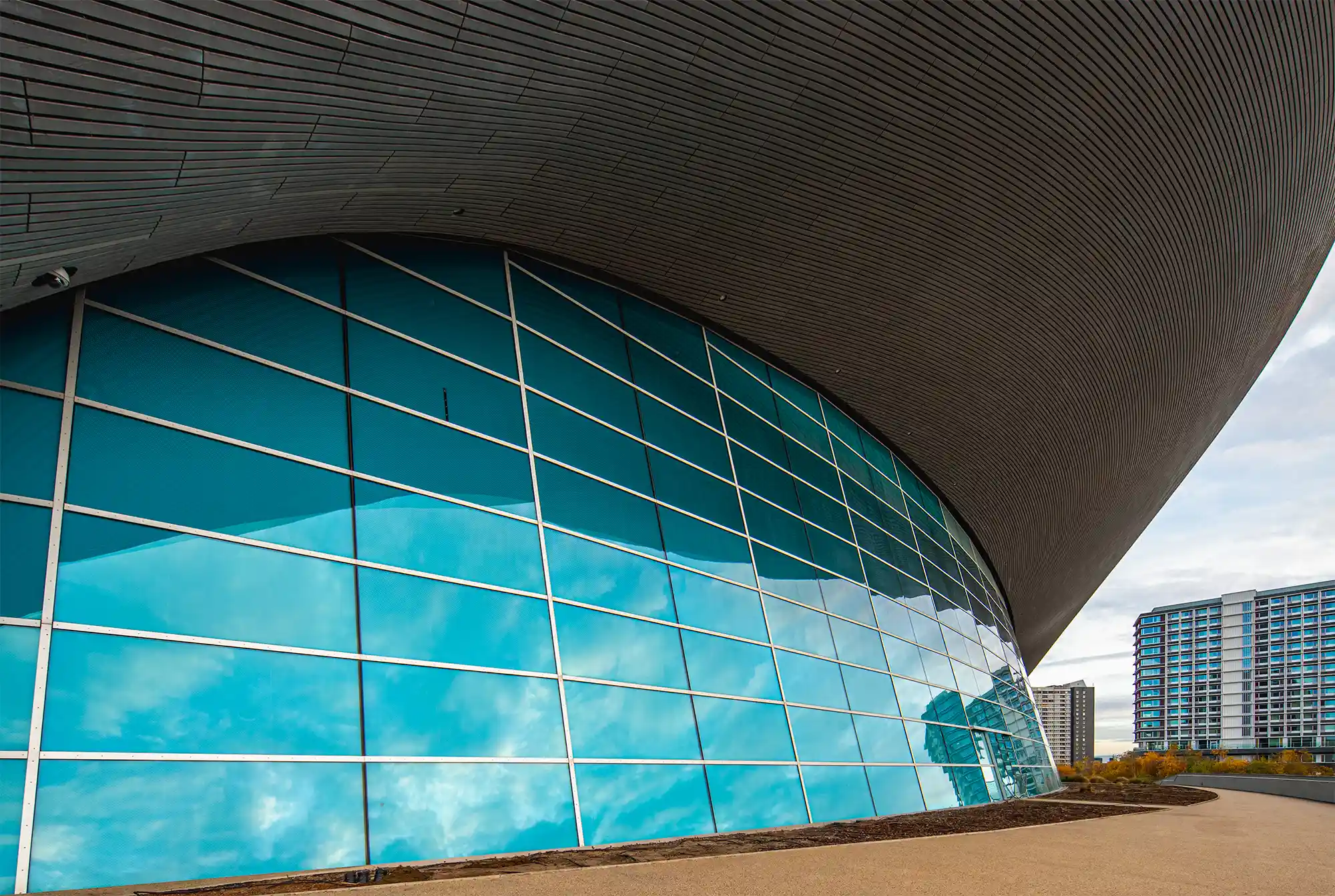The First Thing You Need to Know About Shooting professional interior photos
Capturing the beauty of an interior space is harder than it looks. Whether you’re an interior designer documenting your work, a photographer building your portfolio, or a property developer showcasing a project, learning how to take professional interior photos can set your visuals apart—and attract the right kind of attention.
Table of Contents
ToggleIn this guide, I’ll walk you through the exact process I use as a London-based architectural and interior photographer. From lighting and lenses to composition and color accuracy, you’ll learn how to elevate your interior photography from “good enough” to “publishable.”
Choose the Right Time of Day to make professional interior photos
Lighting is the most important factor in interior photography—and often the most overlooked.
Rely on natural light when possible
Natural light creates softer shadows and more authentic tones. Aim to shoot during the day when the space is naturally well-lit, but avoid harsh midday sun that can create blown-out highlights or sharp contrast.
Create your own “golden hour”
While golden hour is often associated with exteriors, the warm, diffused light of early morning or late afternoon can fill interiors with soft ambient glow—especially in London, where low-angle sunlight adds texture and warmth.
Be mindful of mixed lighting
Turn off overhead spotlights if they cast harsh shadows or mix poorly with natural daylight. If you must use artificial light, try to keep the color temperatures consistent throughout the space.
Use the Right Lens — But Don’t Go Too Wide
Choose the right focal length
A 24–35mm range is ideal for most interior shots on a full-frame camera. It’s wide enough to show the space without introducing heavy distortion, which is a common giveaway in amateur photos.
Avoid the ultra-wide look
Using a 14mm or 16mm lens might seem like a way to capture “more,” but it often creates stretched, unrealistic proportions. Stick to lenses that reflect the space as it actually feels.

Staging Matters – Simplify and Guide the Eye
A beautiful space doesn’t always translate into a beautiful photo without a little preparation.
Declutter, straighten, and soften
Remove unnecessary items, adjust furniture alignment, and fluff pillows or drapes. Clean surfaces and simplify wherever possible.
Style with intention
Keep key decorative items that reflect the mood or design intention—like a single vase on a table or carefully placed books.
Master Your Composition to make professional interior photos
Composition transforms a technically decent image into a compelling one.
Use leading lines and symmetry
Architectural lines (floorboards, countertops, beams) should guide the viewer’s eye. Align your camera to emphasize geometry, and when possible, compose with symmetry to create visual balance.
Shoot slightly above eye level
Position the camera around chest height or slightly higher to avoid distortion and to keep vertical lines straight.
Keep verticals vertical
Use a tripod and level the camera—especially in tight spaces. Correct verticals in post-processing if needed, but it’s best to get them right in-camera.
To make professional interior photos always use a Tripod and Shoot with Intention
Eliminate motion and increase control
A tripod gives you full control over composition and exposure. It allows you to shoot at lower ISO, use longer shutter speeds, and keep everything sharp.
Try bracketing for high-contrast interiors
Shoot multiple exposures to blend later in post—this helps when one window is too bright or a corner is too dark.
Control White Balance and Color Accuracy
Getting colors right is essential, especially if your photos represent someone else’s work.
Use a grey card
This helps you lock in correct white balance during shooting and ensures consistency across a full set of images.
Avoid harsh color casts
Turn off lamps with yellow-orange bulbs if they conflict with natural daylight. If you’re using flash or LEDs, match their color temperature with the environment.
Edit with Restraint
The goal isn’t to fake the scene, it’s to reveal it beautifully.
Keep contrast and clarity subtle
Over-processed interiors lose authenticity. Bring out shadow details, clean up highlights, but maintain a natural feel.
Use lens corrections
Apply lens profiles to fix subtle distortion and vignetting. Straighten lines and crop carefully.
Bonus Tips for Small Spaces
Shoot corners, not just walls
Position yourself diagonally to show depth. A single wall often flattens the image.
Use doorways or mirrors creatively
Mirrors can open up a space if used intentionally—just avoid reflections of yourself or your gear.
Don’t overfill the frame
Leave breathing room. Allow negative space to do its work. Don’t try to show everything in one shot.
Final Thoughts – Photographing Interiors with Purpose
Professional interior photography is all about respect for the space, for the designer’s vision, and for the viewer’s eye. With the right tools, timing, and mindset, you can take interior photos that don’t just show a room, they express what it feels like to be there.
If you’re in London and need help capturing your space or want to collaborate on a project, feel free to get in touch. I’d love to hear what you’re working on.

